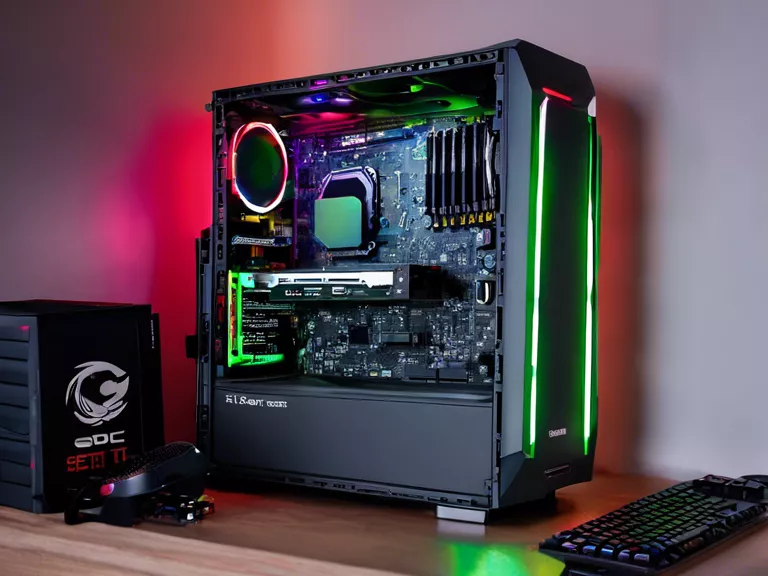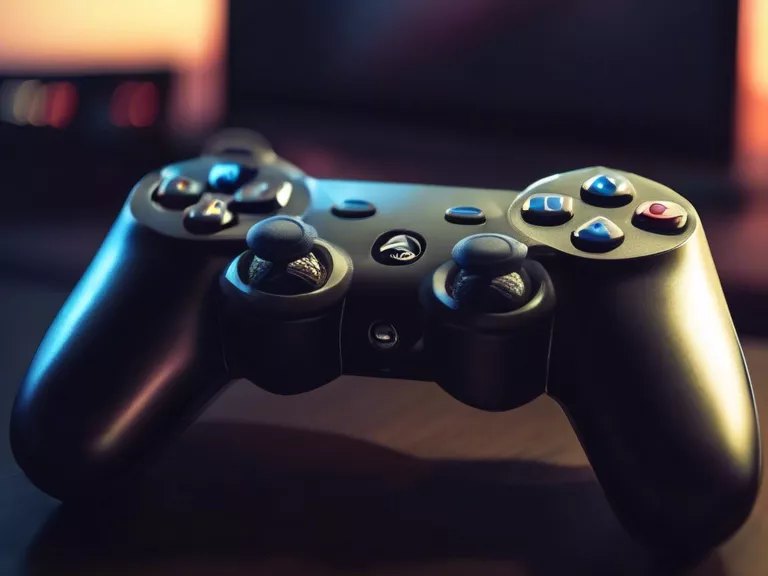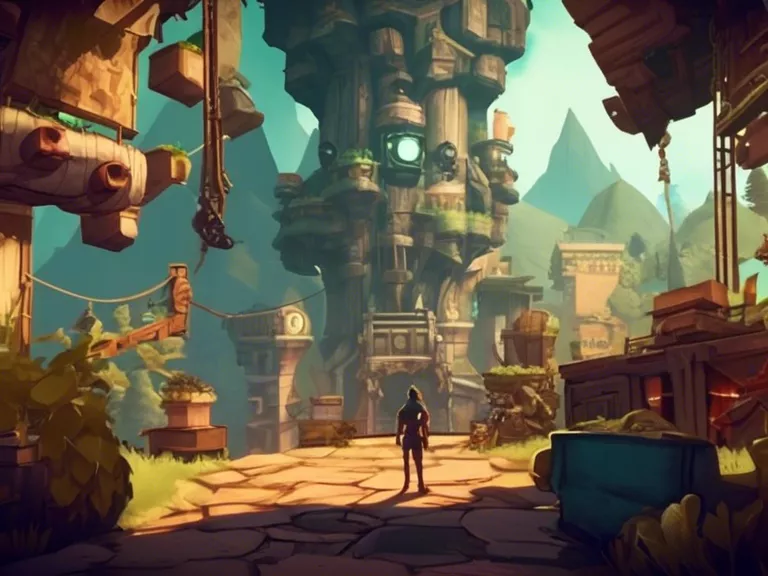
How to Set Up the Perfect Gaming PC: Key Components and Configurations
Gaming PCs have become increasingly popular among avid gamers who want the best performance and graphics for their games. When setting up a gaming PC, there are key components and configurations that you should consider to ensure a seamless gaming experience. From the CPU to the graphics card, each component plays a crucial role in the overall performance of the system.
Key Components
CPU (Central Processing Unit): The CPU is the brain of the computer and determines how fast your system can process information. When selecting a CPU for your gaming PC, look for one with a high clock speed and multiple cores for multitasking.
Graphics Card: The graphics card, also known as the GPU (Graphics Processing Unit), is responsible for rendering graphics in games. A powerful GPU can significantly improve the visual quality and performance of your games.
RAM (Random Access Memory): RAM stores temporary data and allows your system to access it quickly. For gaming, aim for at least 16GB of RAM to ensure smooth gameplay and minimize lag.
Storage: SSDs (Solid State Drives) offer faster boot times and loading speeds compared to traditional HDDs (Hard Disk Drives). Consider a combination of SSD for your operating system and games, and HDD for additional storage.
Motherboard: The motherboard is the backbone of your gaming PC, connecting all the components together. Choose a motherboard that is compatible with your CPU and offers room for future upgrades.
Configurations
Resolution and Refresh Rate: Higher resolution and refresh rates offer better visuals and smoother gameplay. Consider a monitor with at least 1080p resolution and a refresh rate of 144Hz or higher for an immersive gaming experience.
Cooling System: To prevent overheating, invest in a quality cooling system with fans or liquid cooling. Proper cooling will help maintain optimal performance and extend the lifespan of your components.
Power Supply: Choose a power supply unit (PSU) with sufficient wattage to support your components. Modular PSUs allow for better cable management and easier upgrades in the future.
Gaming Peripherals: Enhance your gaming experience with high-quality peripherals such as a gaming mouse, keyboard, and headset. Look for features like mechanical switches, customizable RGB lighting, and ergonomic designs for comfort during long gaming sessions.
Software Optimization: Install the latest drivers for your components and configure your system settings for optimal performance. Consider using gaming optimization software to fine-tune your PC for specific games.
By selecting the right components and configurations for your gaming PC, you can build a system that delivers high-performance graphics and smooth gameplay for all your favorite games.



